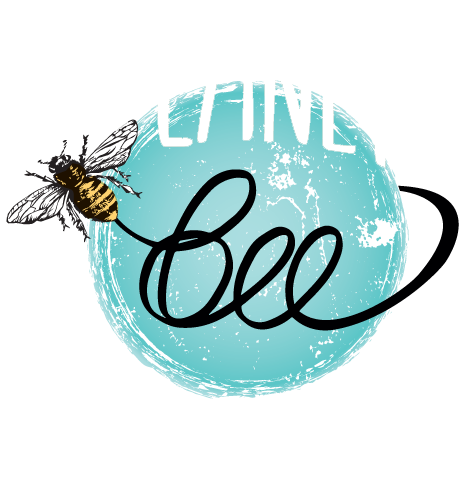
Bees and Honey in Ancient Egypt
It cannot be disputed that the Ancient Egyptians attached great religious and spiritual significance to the honey bee. Bees were associated with royalty in Egypt; indeed, as early as 3500 BC, the bee was the symbol of the King of Lower Egypt! (The symbol of the King of Upper Egypt was a reed). There are many examples of bee hieroglyphs to be found in the records, as well as hieroglyphs for honey and beekeeper.

Beekeeping has been practiced for thousands of years in Egypt. For at least four thousand five hundred years, the Egyptians have been making hives in the same way, out of pipes of clay or Nile mud, often stacked one on top of another. These hives were moved up and down the Nile depending on the time of year, allowing the bees to pollinate any and all flowers which were in season. Special rafts were built for moving these hives, which were stacked in pyramids. At each new location, the hives were carried to the nearby flowers and released. When the flowers died, the bees were taken a few miles further down the Nile and released again. Thus the bees traveled the whole length of Egypt. This tradition continues into the present day.
Honey was used by all classes in Ancient Egypt, indicating that it must have been produced on a large scale. It was used for everything from sweetening food, to preventing infection by being placed on wounds, to paying taxes. One marriage contract has been found which states, "I take thee to wife... and promise to deliver to thee yearly twelve jars of honey." Honey was exacted as tribute from conquered countries; for instance, many jars of honey were paid each year by the Retenu tribe of Syria to their Egyptian conqueror, Thothmes II.
Honey and wax were used for religious as well as practical purposes. Sacred animals were fed cakes sweetened with honey. These animals included the sacred bull at Memphis, the sacred lion at Leontopolis, and the sacred crocodile at Crocodilopolis. Mummies were sometimes embalmed in honey, and often sarcophagi were sealed up with beeswax. Jars of honey were left in tombs as offerings the dead, to give them something to eat in the afterlife. One of our favorite stories to tell kids is that when King Tut's tomb was open, a 2,000-year-old jar of honey was found. And because honey never spoils, it was still perfectly edible!
It was widely believed in Ancient Egypt that if a witch or a wizard made a beeswax figure of a man and injured or destroyed it, the man himself would suffer or die. In a ceremonial offering known as the "Opening of the Mouth", priests used special instruments to place honey into the mouth of a statue of a god, or the statue or mummy of a king or other great noble. Certain lines in ancient rituals indicate that the Egyptians may have even believed that the soul of a man (his "ka", or double; the part which continues after death) took the form of a bee. Another ritual from the Book of "Am-Tuat", or "the Otherworld", compares the voices of souls to the hum of bees.

"This god crieth out to their souls after he hath entered the city of the gods who are on their sand, and there are heard the voices of those who are shut in this circle which are like [the hum] of many bees of honey when their souls cry out to Ra."
It was written in another ritual, contained in the "Salt Magical Papyrus", that bees were created from the tears of the sun-god Ra himself, whom the Egyptians believed to be the creator of the earth and the sea. Ra's right eye was the sun, his left eye was the moon, and he caused the Nile to flood.
"When Ra weeps again the water which flows from his eyes upon the ground turns into working bees. They work in flowers and trees of every kind and wax and honey come into being."
We at Planet Bee hope that you find all this as fascinating and awe-inspiring as we do! Next up, we'll be talking about bees in Ancient India. Stay tuned!
Source:
Ransome, Hilda M. "The Sacred Bee in Ancient Times and Folklore". London: George Allen & Unwin, 1937. Pp. 19-41.
*********
Written by Ayla Fudala
Planet Bee Educator Emeritus and Guest Author
Graduate Student at the University of Glasgow

